Optimal Timing for Concrete Ramp Installations
Concrete ramp installations are best scheduled during specific weather conditions to ensure durability and proper curing. Ideal times are typically during mild, dry seasons when temperatures are moderate, reducing the risk of cracking or improper setting.
Concrete sets best in temperatures between 50°F and 85°F. High humidity and low temperatures can hinder curing, affecting the ramp's strength.
Heavy rain, freezing temperatures, or extreme heat can delay installation and compromise the quality of the concrete.
Spring and early fall often provide the most suitable weather, offering a balance of warmth and dryness.
Planning installations during off-peak seasons can reduce delays caused by weather-related disruptions.
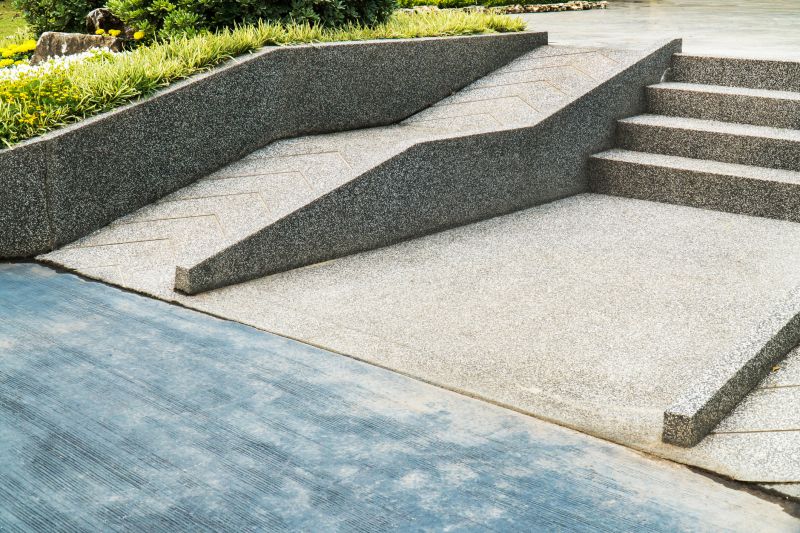
Ways to make Concrete Ramp Installations work in tight or awkward layouts.
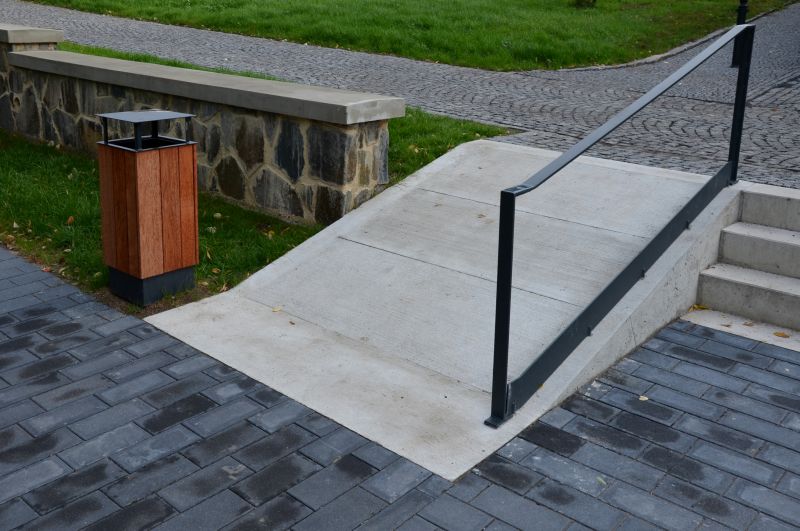
Popular materials for Concrete Ramp Installations and why they hold up over time.

Simple add-ons that improve Concrete Ramp Installations without blowing the budget.
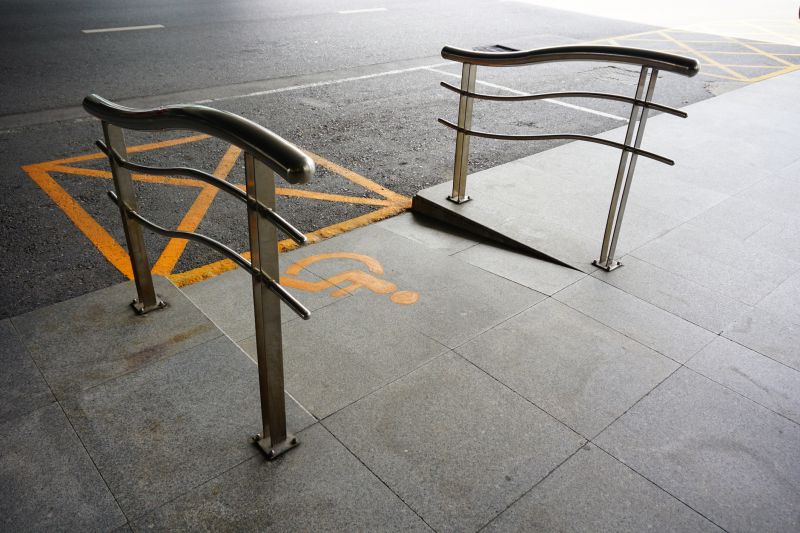
High-end options that actually feel worth it for Concrete Ramp Installations.
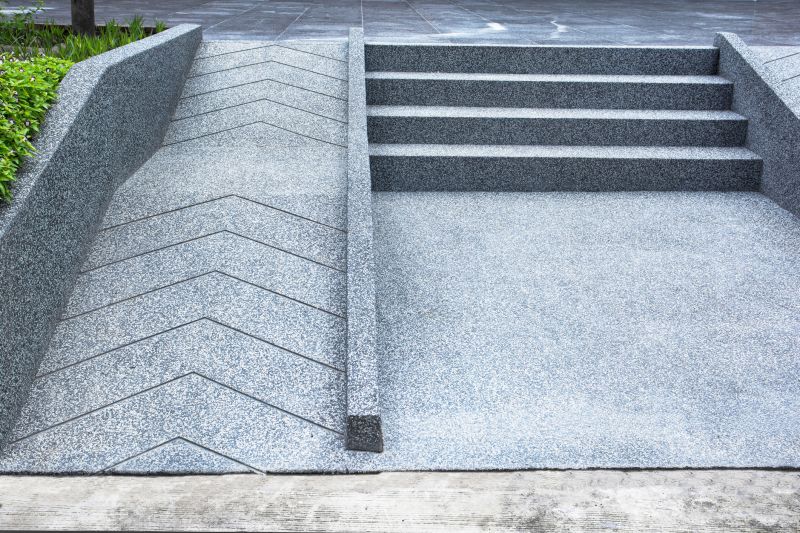
Finishes and colors that play nicely with Concrete Ramp Installations.
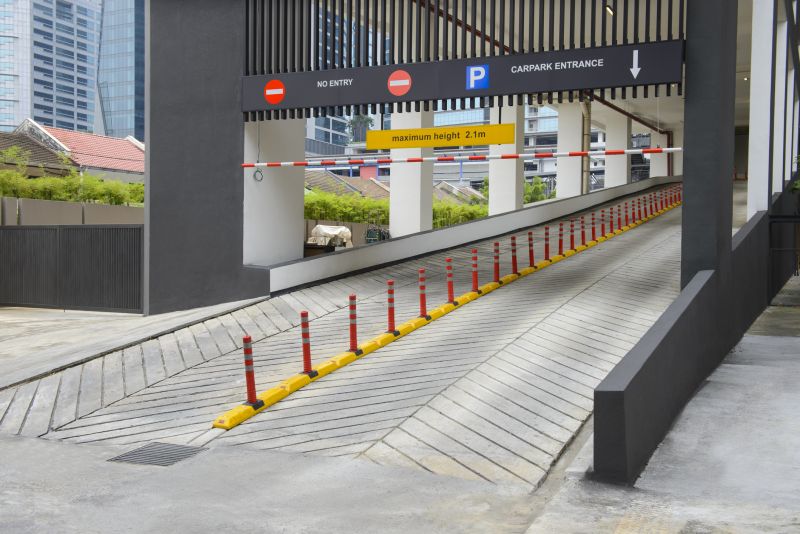
Little measurements that prevent headaches on Concrete Ramp Installations day.
Concrete ramps are essential for improving accessibility and safety in various environments. Proper installation during suitable weather conditions ensures the structure's integrity and longevity. The curing process is critical; it requires consistent moisture and moderate temperatures to achieve maximum strength. Installing during optimal seasons minimizes the risk of cracks, surface defects, and other issues that can arise from improper curing.

A 60-second routine that keeps Concrete Ramp Installations looking new.
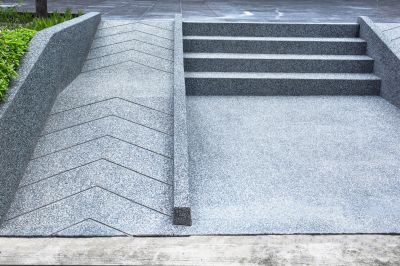
A frequent mistake in Concrete Ramp Installations and how to dodge it.
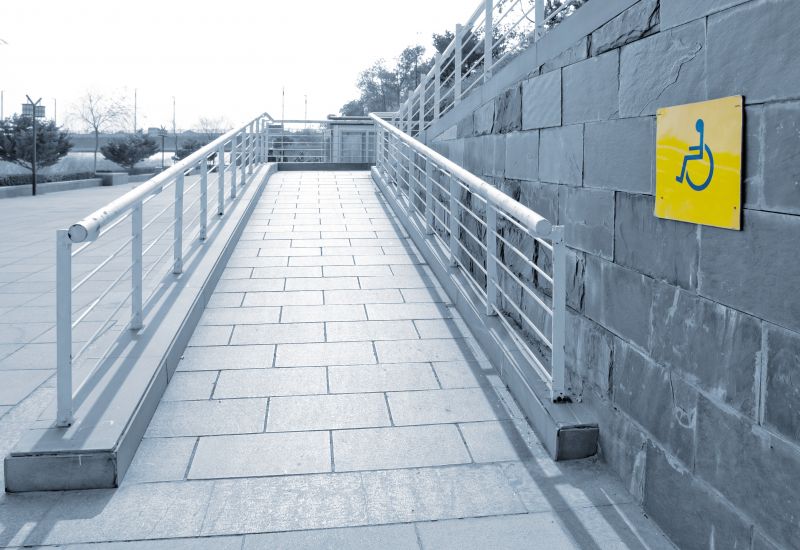
Small tweaks to make Concrete Ramp Installations safer and easier to use.
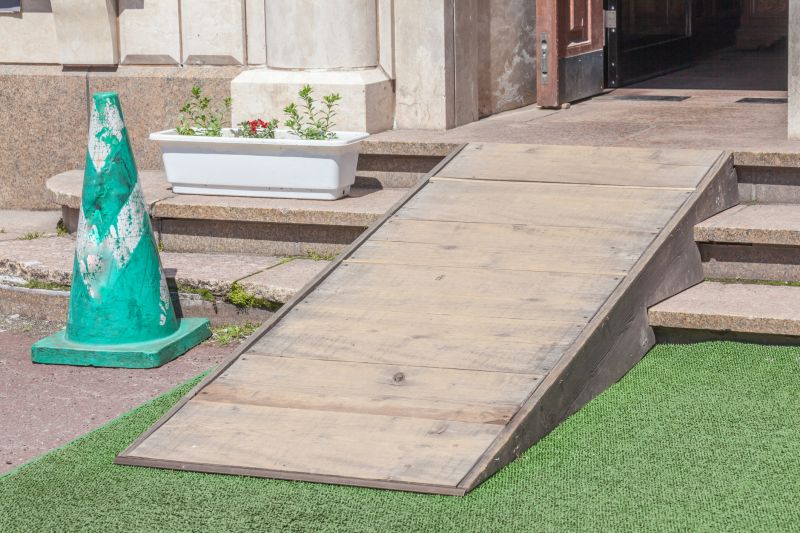
Lower-waste or water-saving choices for Concrete Ramp Installations.
| Season | Advantages |
|---|---|
| Spring | Moderate temperatures, longer daylight hours, reduced rain |
| Early Fall | Cooler weather, lower humidity, stable temperatures |
| Late Fall/Winter | Not recommended due to freezing temperatures and increased moisture |
| Summer | High temperatures and potential for rapid drying, which can cause cracking |
Choosing the right time for concrete ramp installation can significantly influence the quality and durability of the finished structure. Proper planning around seasonal weather patterns helps prevent delays and ensures the concrete cures correctly. Consulting local climate data and scheduling during favorable months can lead to better outcomes and longer-lasting ramps.
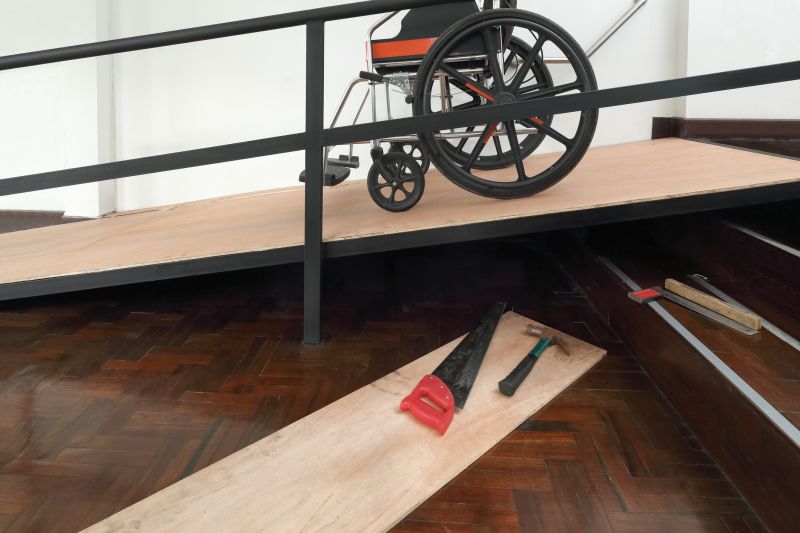
The short, realistic tool list for quality Concrete Ramp Installations.
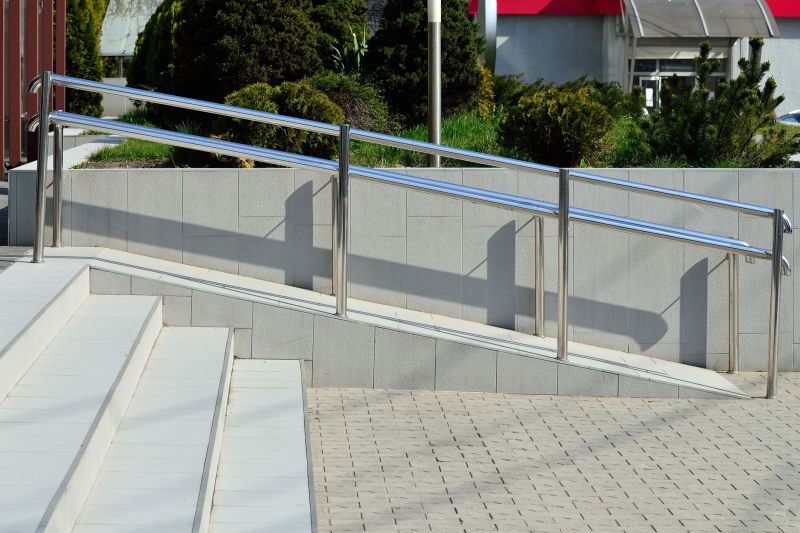
Rough timing from prep to clean-up for Concrete Ramp Installations.

Quick checks and paperwork to keep after Concrete Ramp Installations.
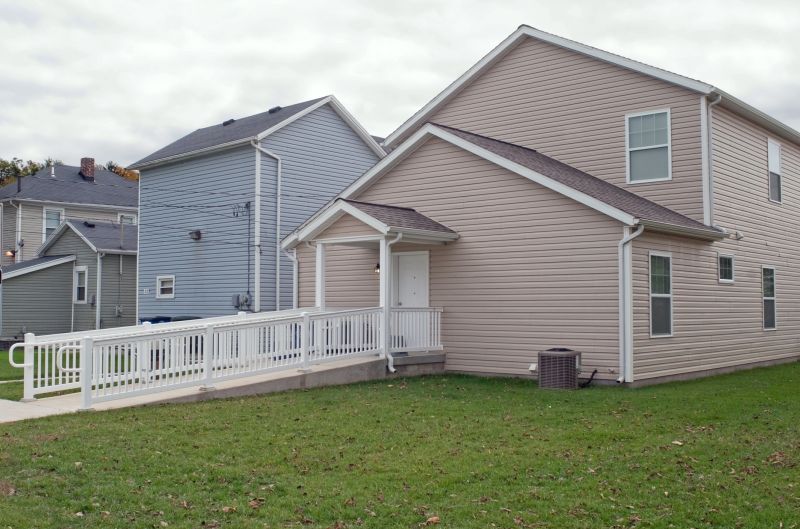
Examples that show the impact a good Concrete Ramp Installations can make.
Interested in scheduling a concrete ramp installation? Filling out the contact form can provide more information and help plan the project during the most suitable season for optimal results.



